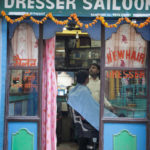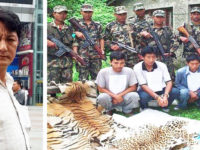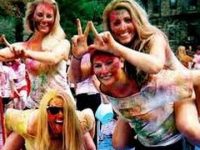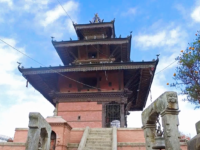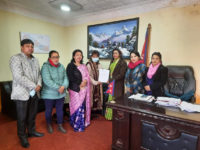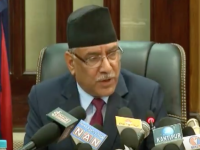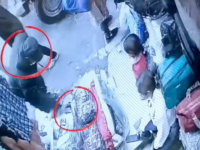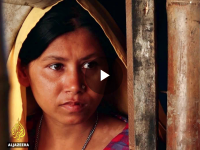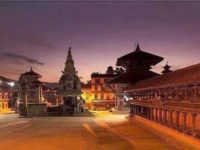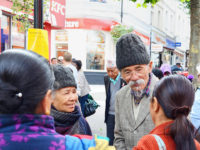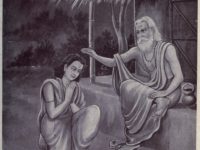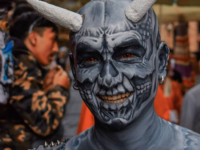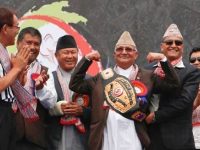End of the road
Mobility and transport in Nepal’s mountains.
By Emile Young,
Roads wind farther than ever into the Himalayan foothills and mountains, and planned construction projects will increase the sprawling motorways in the coming decade. Where the paved highway ends, dirt roads pick up.
But eventually these jeep tracks also end, sputtering out into narrow walking paths hugging close to the mountainsides.
And where the road ends, adventure begins.
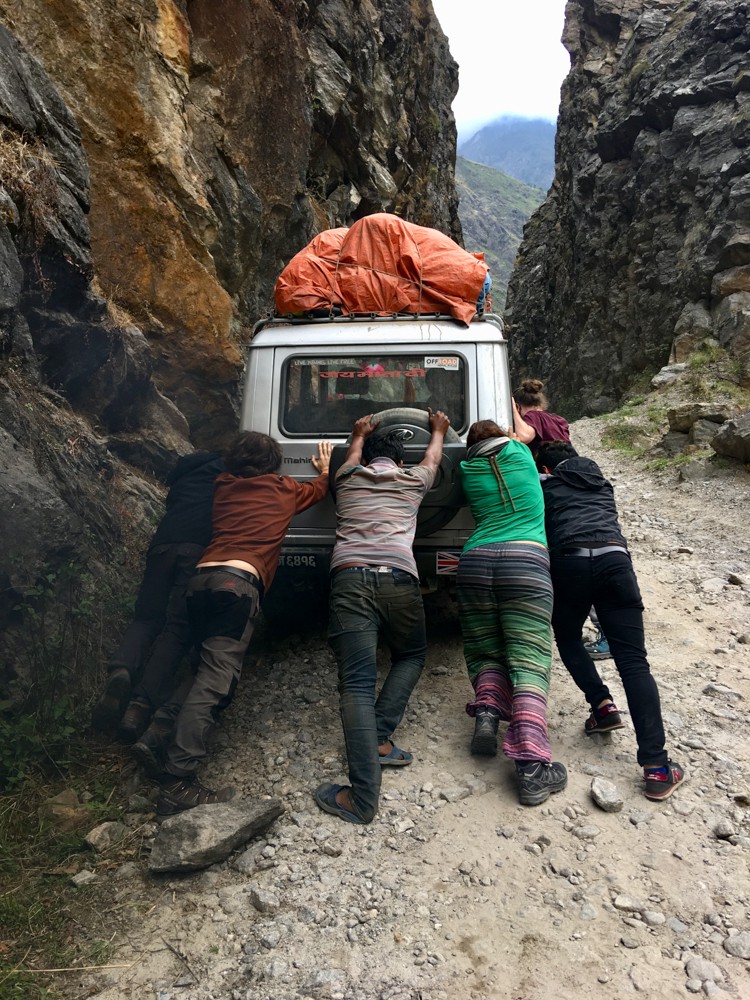
A true Nepal experience is never complete without your adventure vehicle breaking down at least once.
Two hours into a five hour ride on the cracked dirt road, the jeep broke down. What are our options, we asked our guide. Let’s try to push the jeep and see if it will start, he said. If not, time to start walking.
The black smoke coming from the pipe wasn’t too promising.
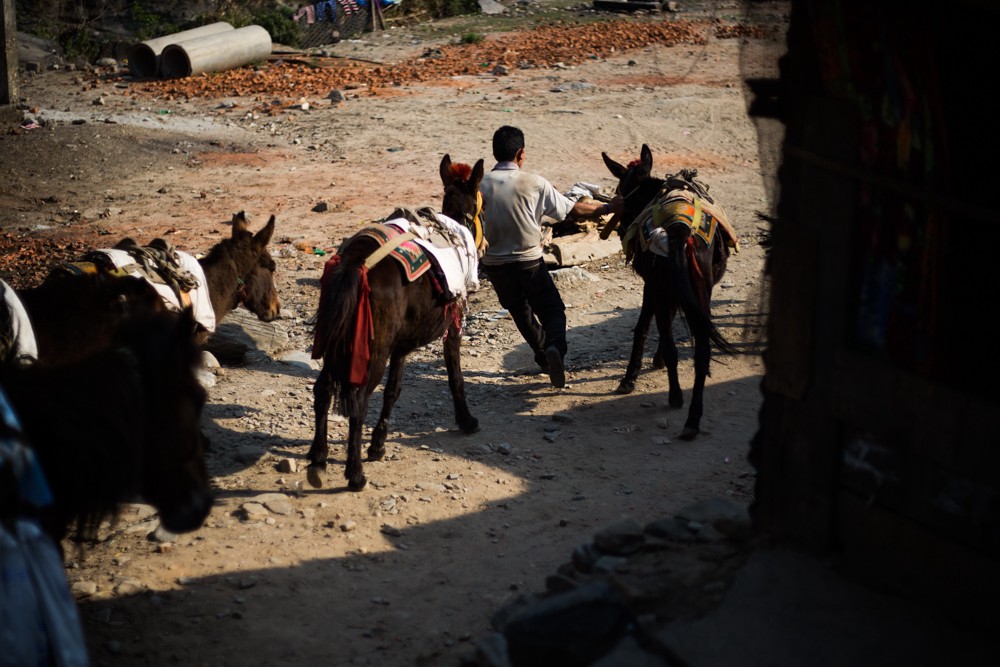
The handler catches a runaway mule to bring him to where the bus has deposited supplies. This is the end of the road.
Where the roads end, mule trains take over, carrying rice, cement, books, and other supplies to local villages, guesthouses, and expedition base camps.
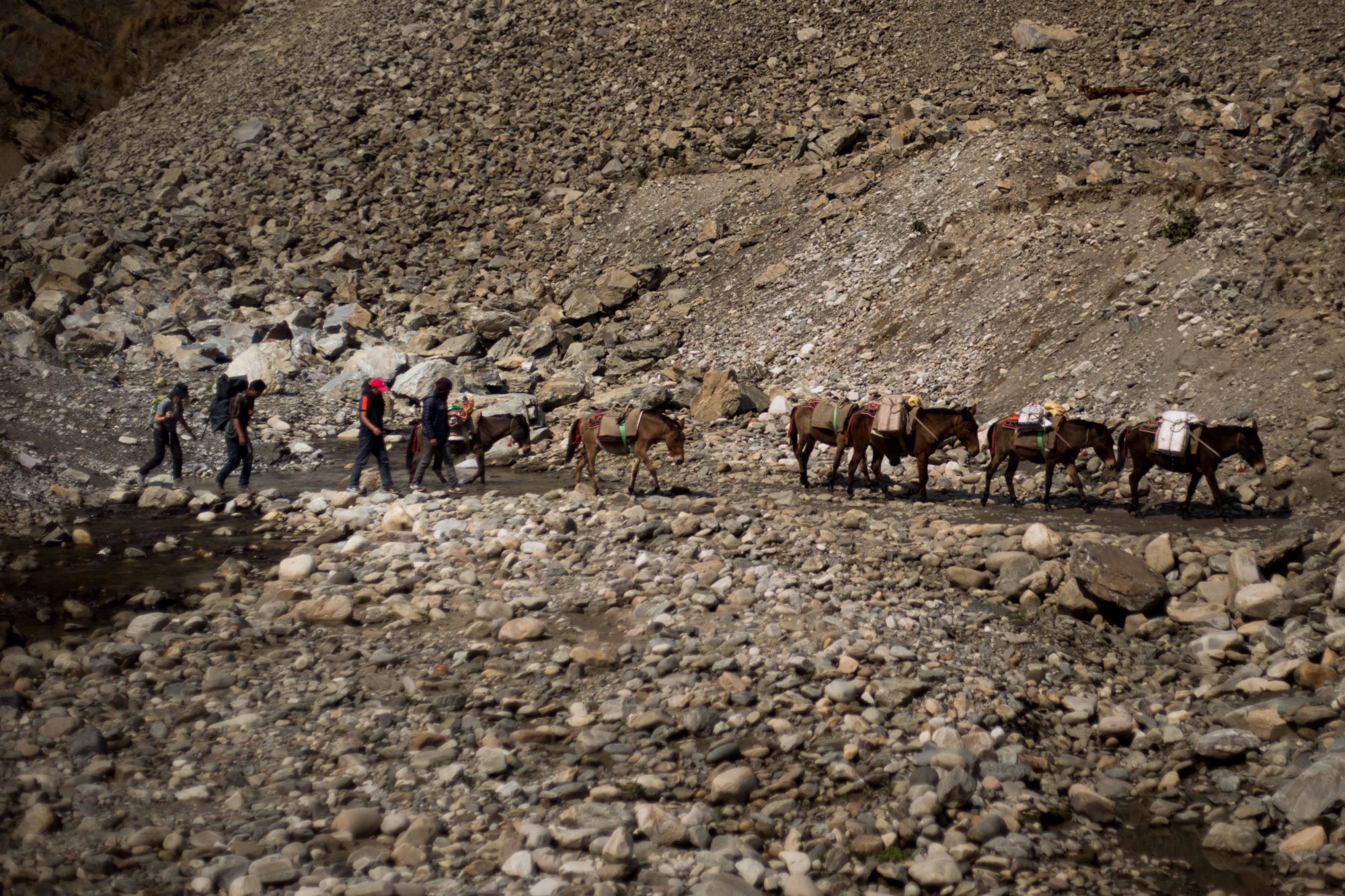
Trekking routes in Nepal are the main arteries connecting rural villages and are shared between tourists, locals, livestock, and mules. Here, a trekker and her porter-guide walk closely behind mules transporting slate tiles.
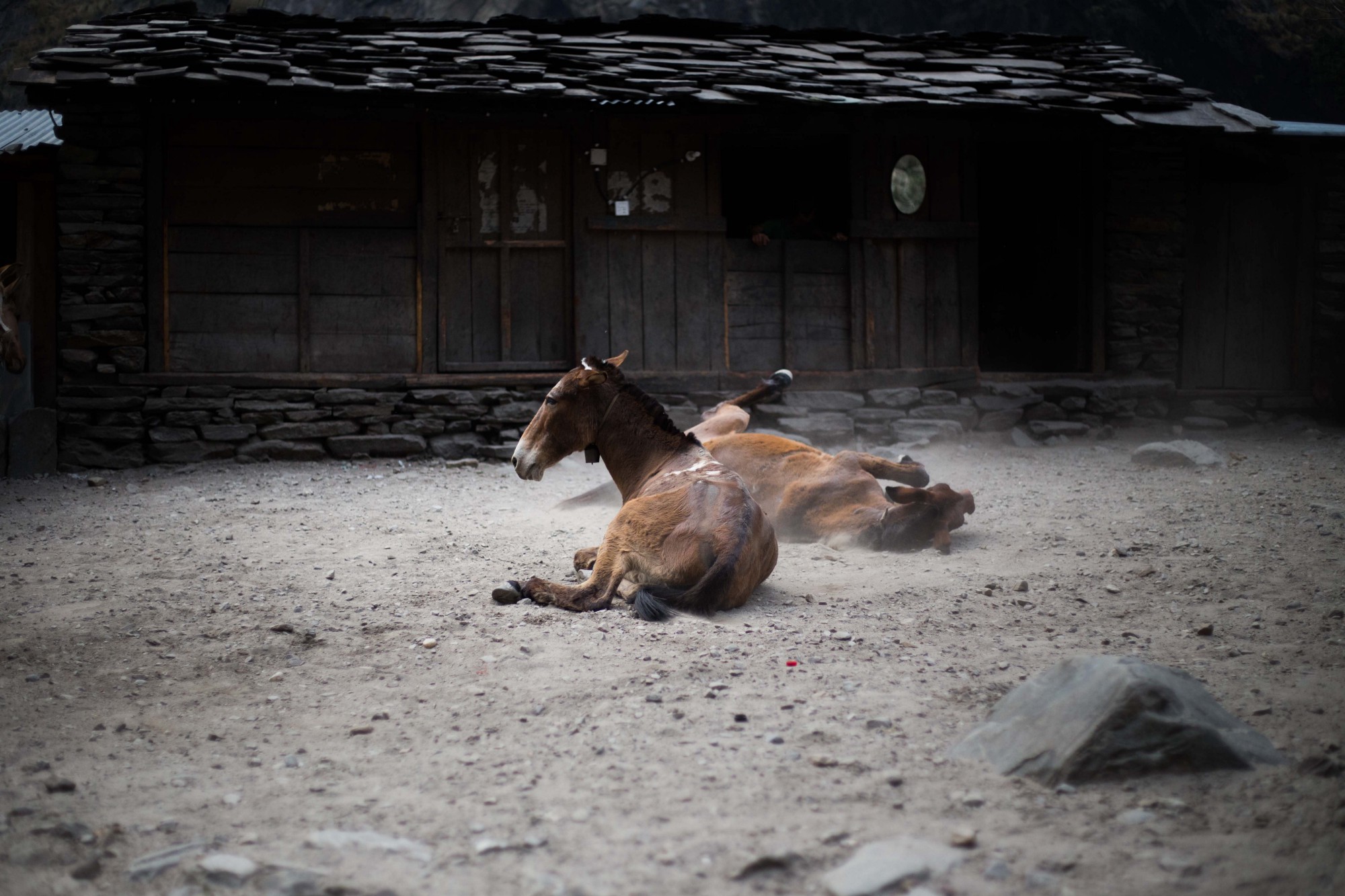
And in case you’ve ever wondered: yes mules are probably quite happy at the end of the day when they can finally drop their burdens and roll in the dirt.
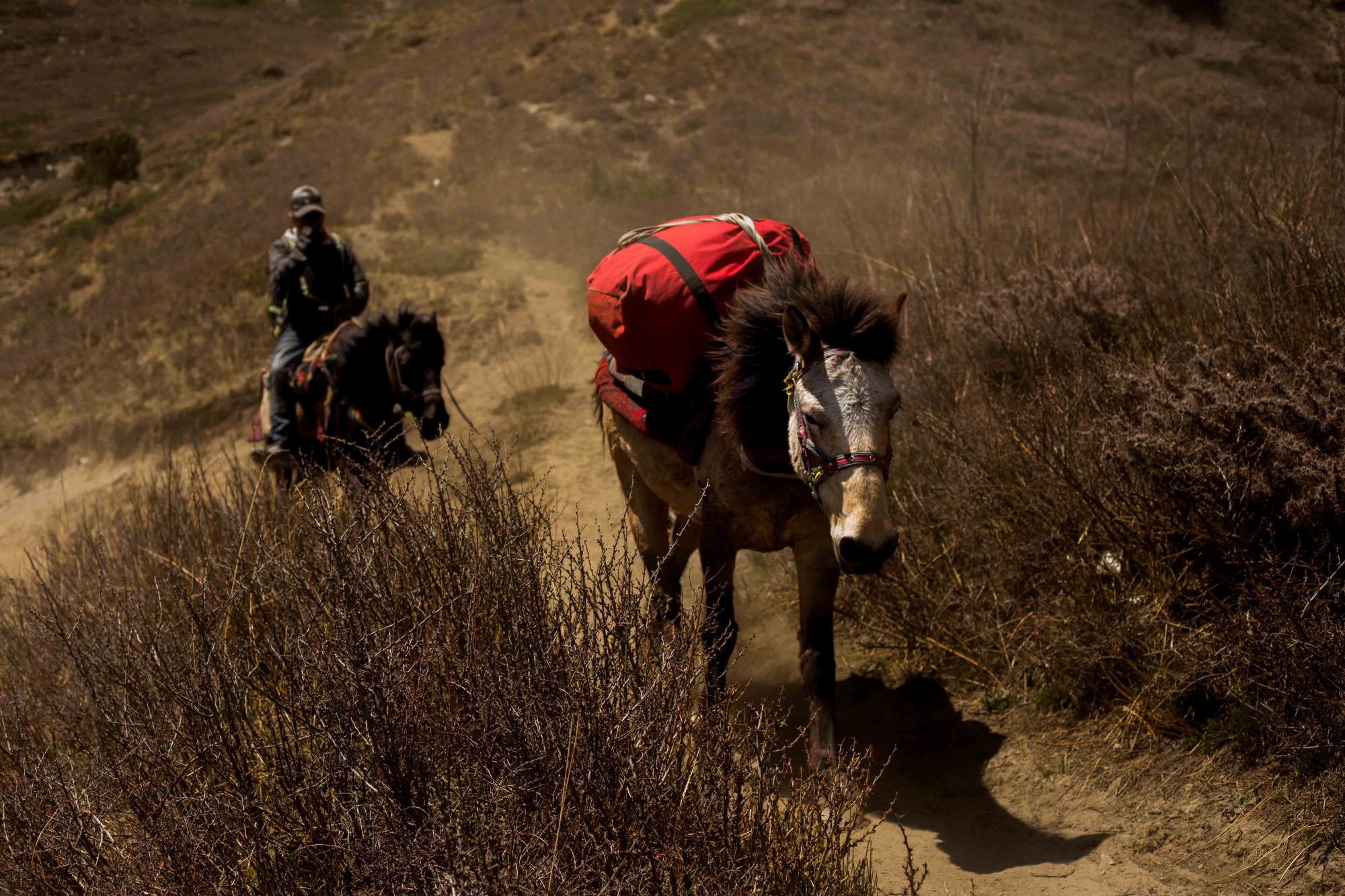
While mules are generally used for heavy transport, horses can go where mules can’t: through the snow of the high passes and across the large landslides dotting the Himalayan foothills.
Having crossed through the Tilicho landslide area in the photo above, a rider and his horses transport equipment toward Manang, where the jeep road ends.
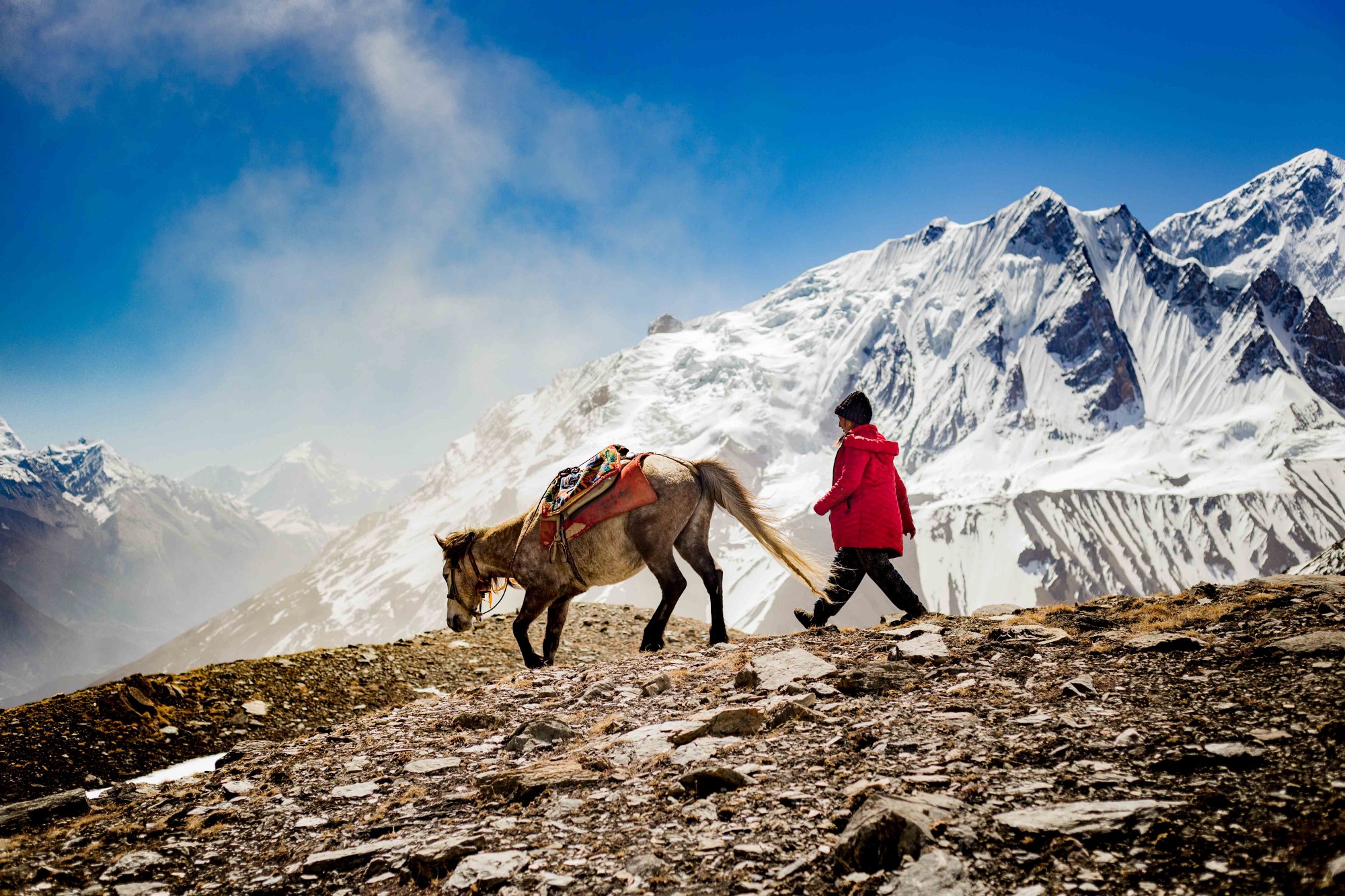
A lady and her horse return from carrying a sick trekker up to Tilicho Lake, the highest fresh water lake in the world.
Beyond the end of the road, sick trekkers have three options: walk the long way down on their own, take an expensive helicopter ride out, or continue their trek assisted by Nepali horse guides.
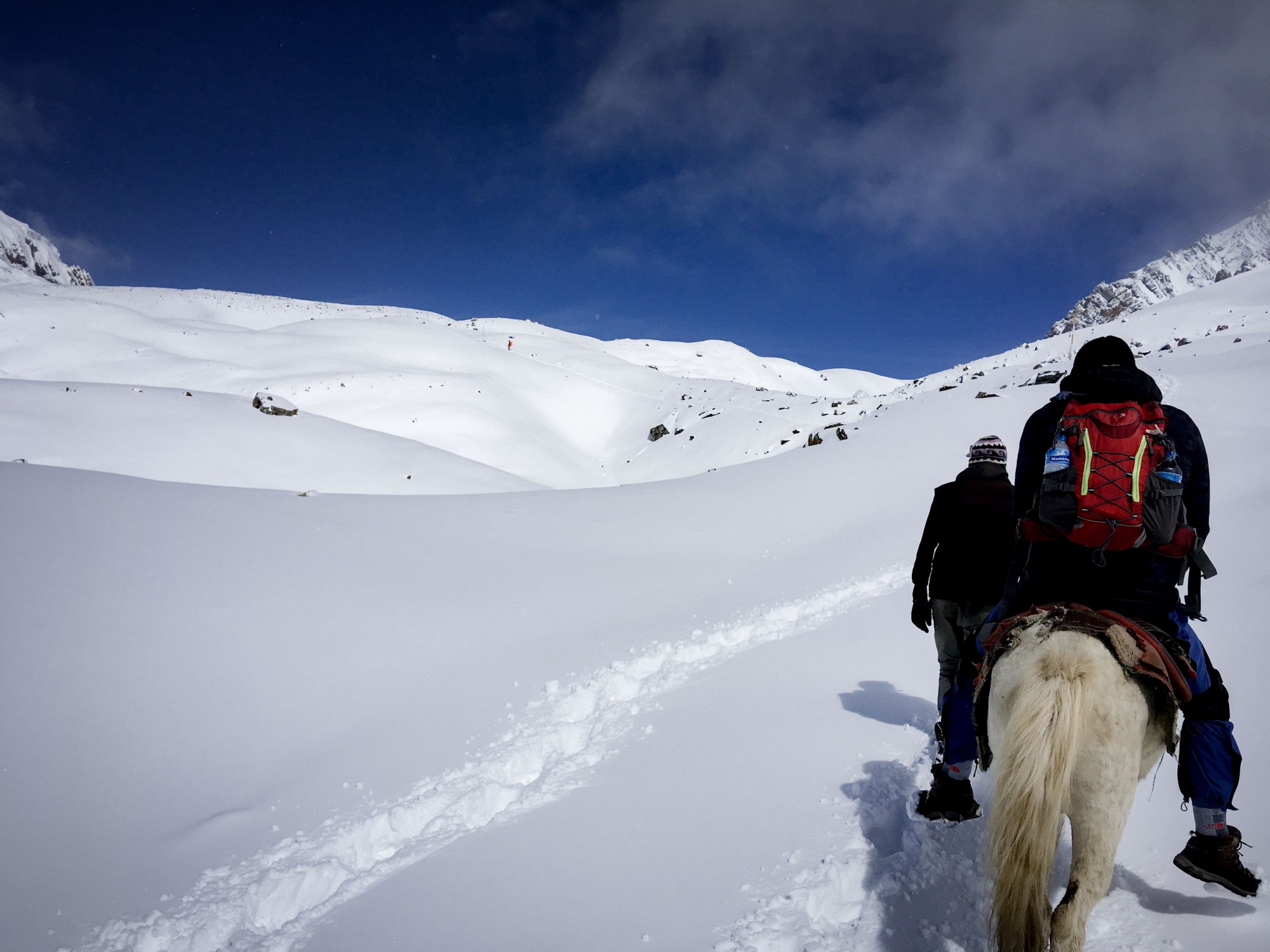
A trekker with altitude sickness chooses to continue his journey through Thorong La pass, aided by a Nepali horse guide.
Once at the top of the pass, the trekker will have to walk down himself. As he descends, his altitude sickness symptoms will be alleviated.
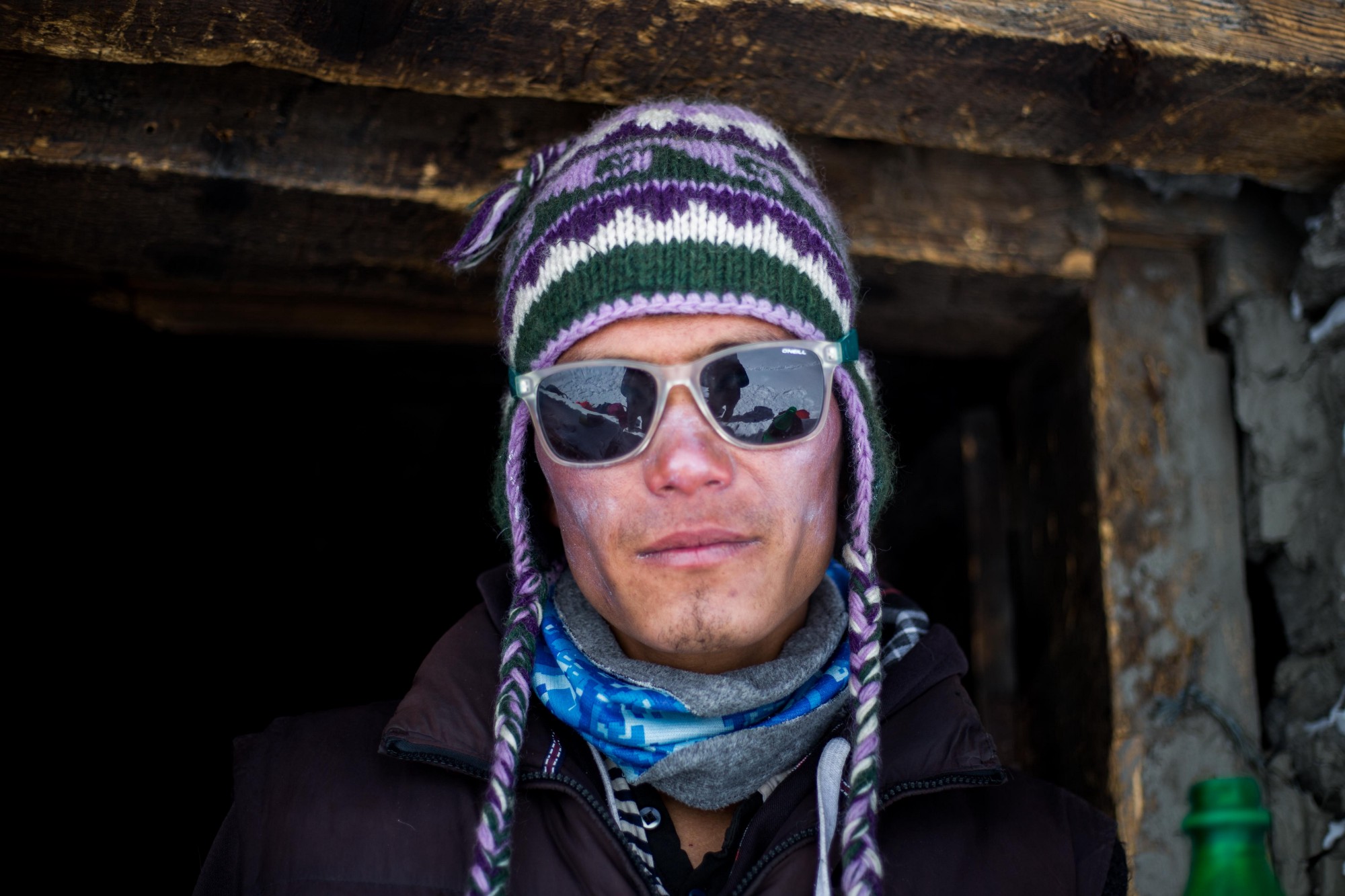
But let’s be honest, the true heroes beyond the end of the road aren’t the horses or the mules but the Nepali locals who bring it all together.
Like this Gurung horse guide at the top of Thorong La (5416m) on the Annapurna Circuit. After warming up with a cup of tea, he’s heading back down to ferry up more sick trekkers on horseback.
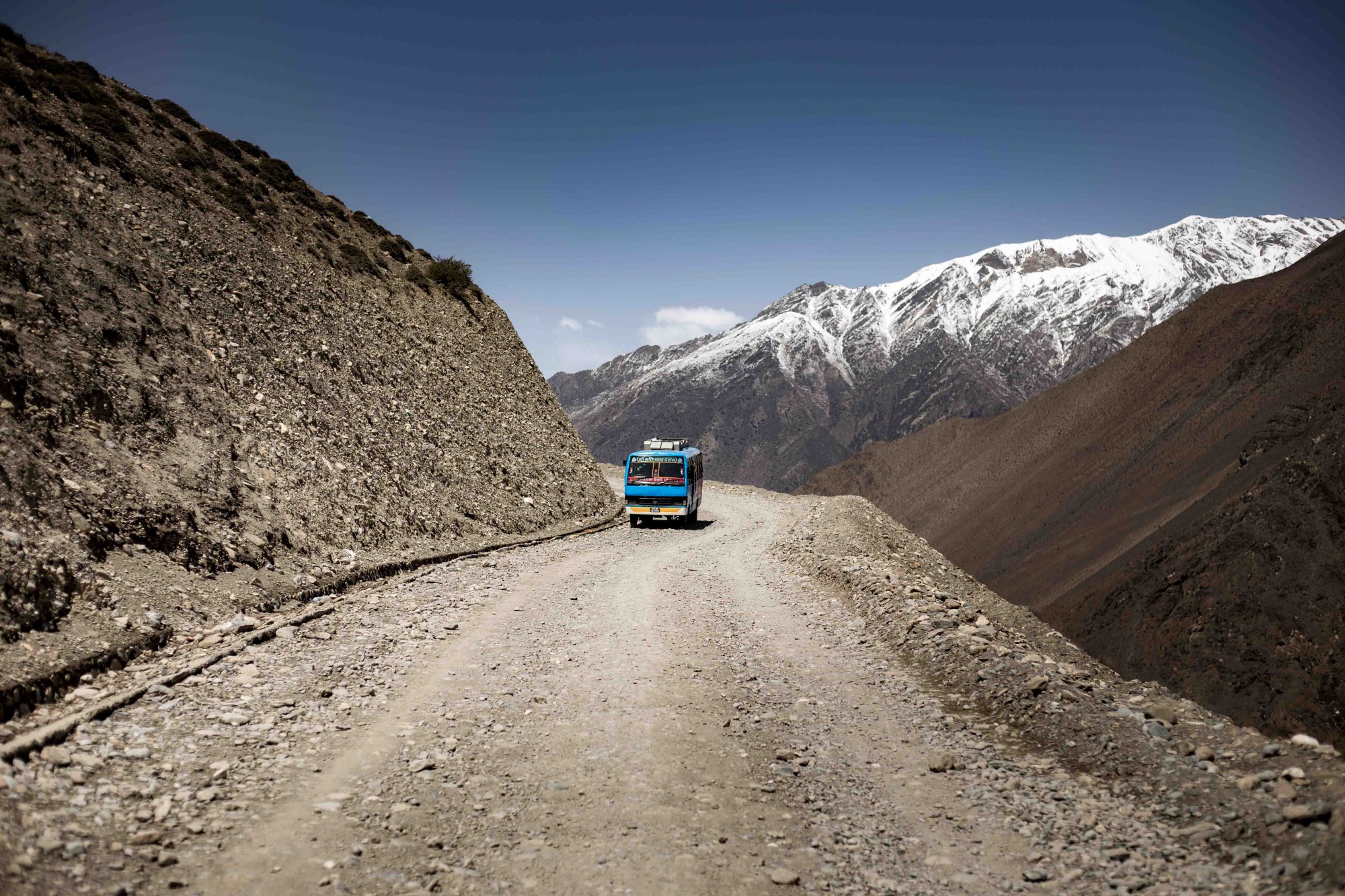
Emile is a part-time writer and photographer currently pursuing an MA in Migration Studies in Copenhagen. She is an avid rock climber and adventurer with a passion for connecting people and learning about different cultures. Check out her website or find her on Medium.



